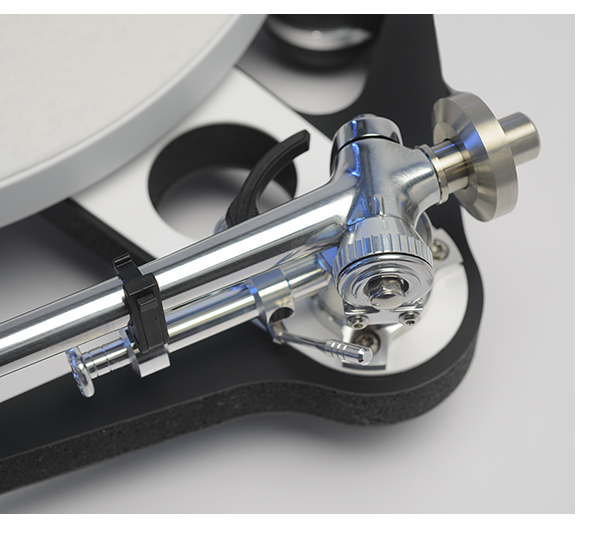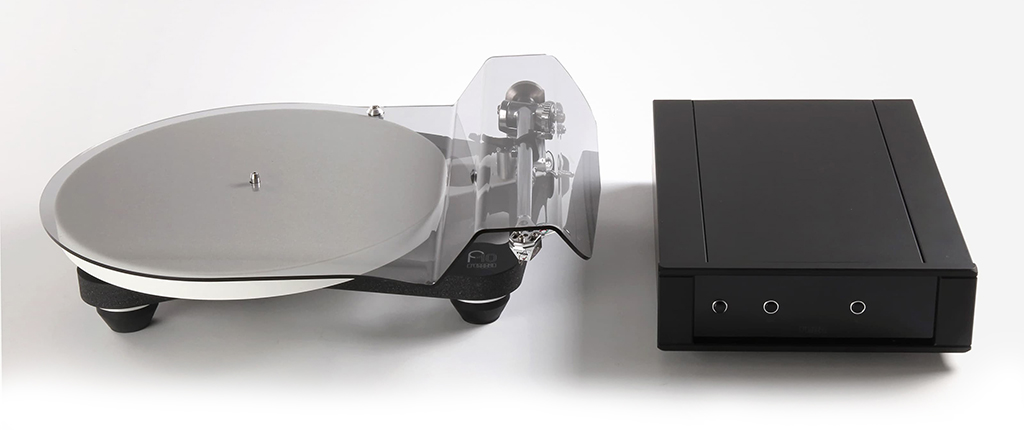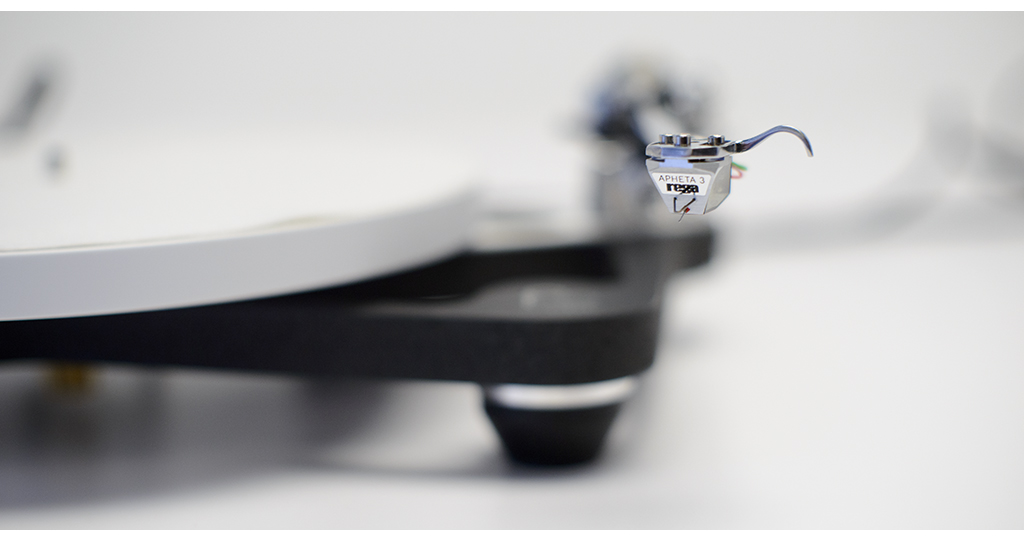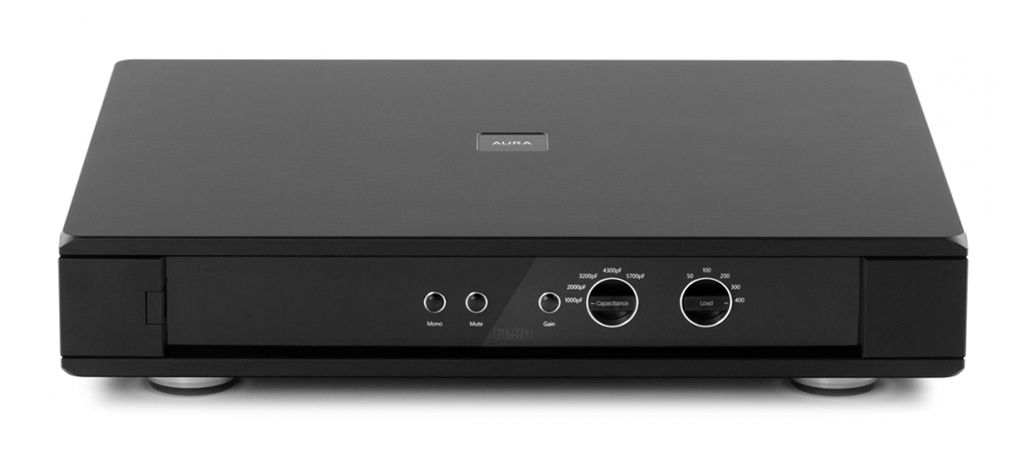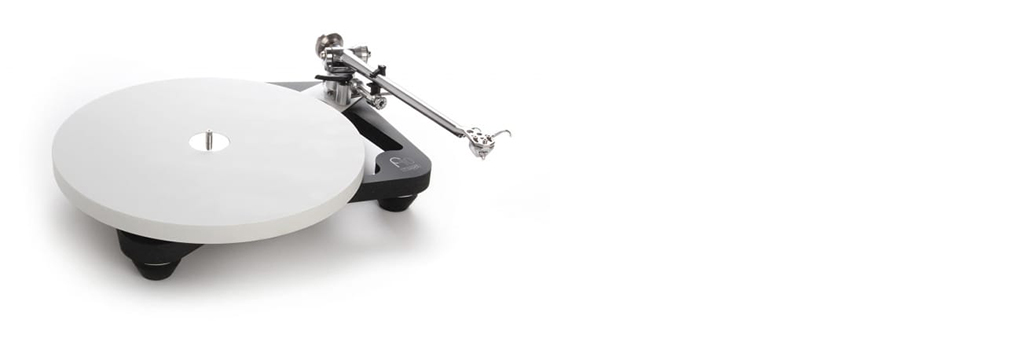The Rega P10 Turntable and Apheta 3 Cartridge A Long Journey
By Jeff Dorgay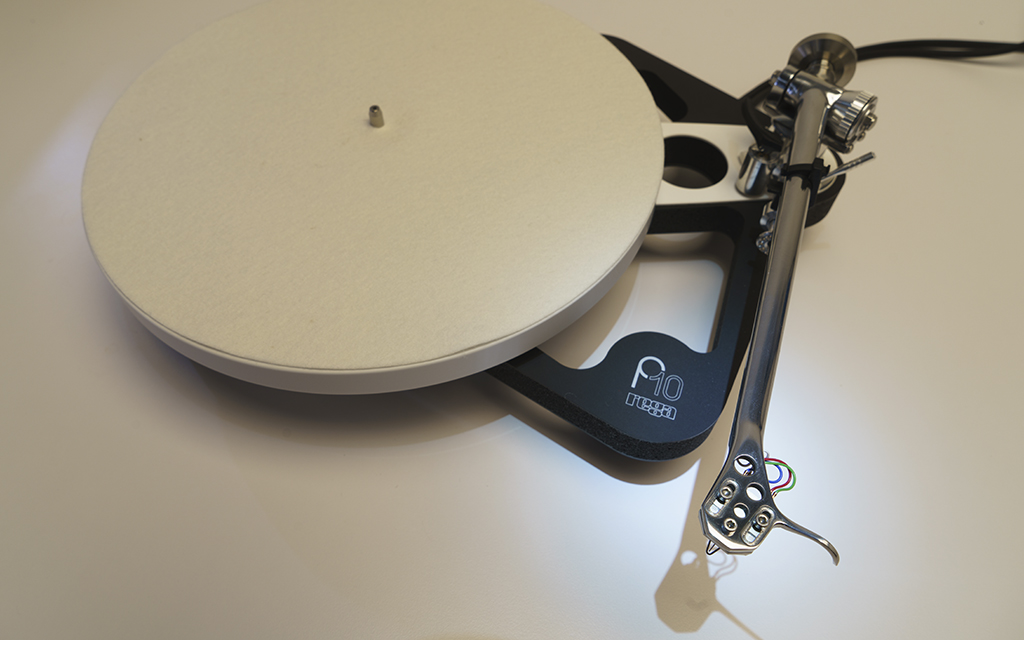 Rega’s top table, the P10 is new again. Not new new, but Rega new, which means It’s been subtly updated in nearly every aspect.
Rega’s top table, the P10 is new again. Not new new, but Rega new, which means It’s been subtly updated in nearly every aspect.
This warrants a two-tier review. One for those of you that closely follow the brand, and perhaps even have one of the last versions of the P10, or even a P9, and one for those of you that are new to Rega and may be considering a P10 instead of something else in the $6,000 – $10,000 range.
Part one: for the faithful
If you’ve been closely following the Rega narrative, you know that they don’t usually produce new models that deviate terribly far from the past ones. Back in 2014, Rega introduced their RP10, which introduced their “skeletal plinth,” derived from their Naiad prototype. Intriguing as this shape was, Rega played it safe, offering a traditional cutout plinth-esque plinth, allowing the attachment of a standard dust cover, and an their new RB2000 tonearm.
The space age ceramic platter was a carry-over from its introduction with the P9, and now because of the skeletal plinth featured a ceramic top brace between the tonearm mount and the center of the plinth for additional rigidity. Comparing the RP10 to the P9, side by side, the newer table was more resolving, more extended, and slightly less warm sounding. As with the P9, the bass response of this table is outstanding. No more comments about low mass tables lacking bottom end weight.
The P10 abandons the additional plinth, and now puts P10 on the front of the plinth where it should be, still an epic example of engineering beauty. Now, with its further refined RB3000 tonearm it is as much a joy to behold as it is to listen to.
Nothing overlooked
Looking through the design info on the Rega website, every aspect of this table is made better, to tighter tolerances, to a higher level of precision. This is the essence of Rega. Rather than reinvent the wheel, they refine the wheel over and over. Great at the P10 is at the task of playing records, it is an engineering aficionado’s dream. Just running your fingers across the surface of the ceramic platter, or moving the tonearm from rest to cue down on a record’s surface is exquisite. The complete lack of play in any dimension of the new, zero-tolerance bearing in the RB3000 is almost seductive in its action.
There’s a level of finish here that would not be out of place on an Aston Martin or an F1 car. It’s no coincidence that much of the engineering talent in F1 is from England. You might expect this level of quality in a six-figure turntable, but this level of execution in a table costing only $5,695 (without cartridge) is crazy good. If you dig the sound of the Apheta 3 MC cartridge, the package is an even better value at $6,995. Seriously, with or without cartridge, the P10 is one of the best values in high performance turntables period, end of story. Staffer Jerold O’Brien wanted my RP10, so it ended up going to him after the review – membership has its privileges, but this P10 is staying here. About a week into the review process, I sent payment to The Sound Organisation. I knew the minute I played the first track.
Equal attention has been paid to every other aspect of the P10, making this table the epitome of the whole item being more than the sum of the parts.
Part two: for those new to Rega
The toughest part of this review is not to sound like too much of a Rega groupie. If you’re someone who equates high mass, and a gigantic plinth with great sound, you probably won’t even give a P10 a shot. Much as I love to make comparisons to automobiles, I’ll make a cycling comparison this time. The P10 reminds me of the first time I rode a lightweight, high performance road bicycle. As someone skeptical of shaving 10 pounds or so off of something without a motor, I was floored by the increase in efficiency that loss of weight created. That’s how the P10 feels. So effortless in a way.
Rega has been building turntables for nearly 50 years now, and even if you place a current model next to one that’s been around forever, they look more similar than different. Nearly all of their improvements have been the result of constantly refining their process. No matter how much they make one of their products better, they are always striving to make them stronger, lighter, more reliable. And above all, better sounding. By these criteria, Rega is an unqualified success.
While there are many variations on the turntable theme, the basic groups are suspended or unsuspended (solid plinth) designs and low or high mass designs. Being that Roy Gandy is a former automotive engineer, he’s always taken the approach to eliminate as much mass as can be done without sacrificing rigidity. Much like a Formula 1 car. Mass equals stored energy, so the lower the mass, the more of the record groove’s energy can be transferred to your stylus. The P10 is a very lively sounding table, where some high mass designs feel slow in comparison.
Unboxing
Rega sent us the P10 with the third generation of their Apheta moving coil cartridge pre-mounted. An excellent choice for a number of reasons – if you use a Rega cartridge, and take advantage of their three-point mounting system, the cartridge is pretty much dialed in. It’s the most no fuss, no muss high end table/cartridge combination going. If your patience for fiddling with cartridge and turntable setup is close to zero, and you don’t have a friend, tech, or dealer that can do it for you, this setup is the way to roll. In ten minutes, tops, you’ll be spinning records. When was the last time you did that with a high end turntable?
Now that Rega has done away with their plinth extender, the current P10 comes with a clear acrylic cover that merely rests on the turntable mat and has a U-shaped bend where the tonearm goes. It’s great for keeping the cat off the turntable (not that you should have a cat anywhere near a turntable, but I digress) but not much more. Ditto for the stylus guard on the Apheta. Save it in case you need to move, but otherwise forget it. Chances are high that you’ll break the stylus/canteliver assembly taking this on and off repeatedly. Just saying.
Once the plinth/tonearm assembly is unpacked, all that’s left to do is mount the platter, the counterweight and set tracking force to 1.9 – 2.0 grams and the anti-skate/bias adjustment. The enclosed instruction manual will take you right through this process. Rega suggests 100 ohm loading, however if you have the ability to go to 50 ohms on your phono preamplifier, I highly suggest giving it a try.
You can read more about the Apheta 3 cartridge on the Rega site here (https://www.rega.co.uk/products/apheta-3) where they go into great detail on what makes their cartridges unique. I’ve been using the Apheta since the first model and it provides a remarkable level of transient speed and lack of coloration that I’ve always found exciting. And again, this is not a crazy money cartridge. On its own, an Apheta 3 will set you back $1,995, but packaged with the P10, only $1,300.
Over the years, I’ve used several different cartridges with Rega tables with mixed results, but the Rega cartridges have always been a home run. Combining their ease of setup, with great sound, and no need to worry if you have the right compliance/mass combination is tough to beat. I can’t suggest the P10/Apheta 3 combination highly enough and am tempted to check out their top Aphelion cartridge at some point.
Further listening
Using the P10 in the main system, with the VAC Renaissance Phono Stage (all vacuum tubes) is downright sexy in the presentation. Combining the speed of the Apheta with the slightly lush tonality of the VAC phonostage is like catnip. Going for a more neutral, yet still very dynamic sound, the Boulder 509, set to 100 ohms is a powerful combination that won’t break the bank at $5,500. It’s incredibly low noise floor is well suited to the Apheta 3.
While we don’t currently have a Rega phonostage in our reference system, their past Ios phono was an outstanding match for the earlier Apheta, so it’s probably a safe bet the current Aura at $5,995 is probably an excellent match. When The Sound Org can free one up, we’ll let you know. Once you’ve settled on a phonostage, you’re in for a treat.
The P10/Apheta combination resolves a lot of musical detail without crossing the line into being harsh or grating. Once the P9 came on the scene, the big Rega tables had the heft in the lowest registers to compete with nearly anything out there.
Beginning our listening session with a Feickert test record to verify speed accuracy (and like the past dozen Regas we’ve tested, the speed is spot on) we move on to some bass heavy material. Queueing up Robert Plant’s Shaken and Stirred, along with his more current duet with Alison Krauss, Raising Sand puts any doubts that this table/cartridge combination can go deep. The Apheta 3 does a fantastic job at keeping the large soundfield it generates intact, in the middle of a solid bass line. Some refer to this as pace and timing. When it’s wrong, either the cartridge is unable to follow the bass groove, and gets muddy, or what’s going on in the rest of the musical spectrum becomes diffuse and undefined – the image collapses somewhat with complex material.
There’s an overall clarity to this table and cartridge that makes it so attractive. While it’s easy to get enticed by vinyl playback, it’s up to you whether you like a more euphonic (warm) presentation, or a more accurate presentation that is more natural in sound. Because the P10/Apheta 3 offers such a neutral presentation to start, you can tune to your taste. Those wanting a little extra warmth can head for a tube preamplifier, while those wanting every last molecule of detail will probably find solace in a solid-state phono pre.
A final word on the power supply and speed accuracy of the P10 makes for an incredibly lifelike rendition of acoustic guitars, piano and violin. Pulling a 40-year-old Planar 3 out of mothballs to compare Rega’s progress is amazing. Where those old belt drive turntables offered up a soundstage unlike our Technics 1200s of the day, they did fall short when playing back a solo violin. There’s definitely a bit of wavering going on with the old table. The current P10 is rock solid.
Nothing but praise
Living with the P10/Apheta combination for some time now, I couldn’t be happier about writing the check, and that’s the highest praise I can give this table. You can spend a lot more on a turntable and cartridge, but I doubt you can find a turntable offering more performance for the dollar, euro or pound. It’s funny after 40 years of buying turntables that I keep coming back to Rega. #toneaudioapproved.
PS: Thanks to Rega for some additional photos…
www.rega.co.uk (manufacturer)
www.soundorg.com/rega (NA distributor)




